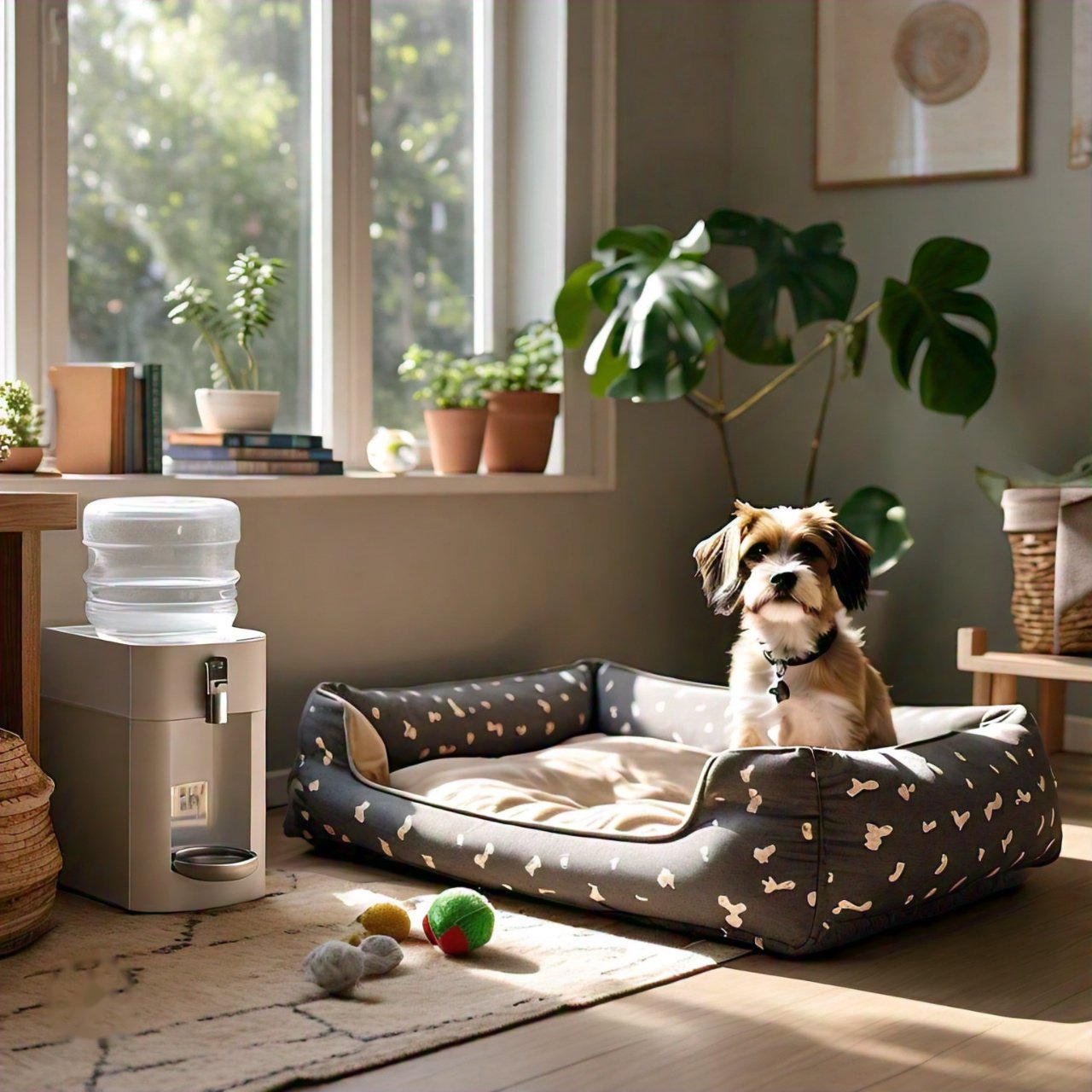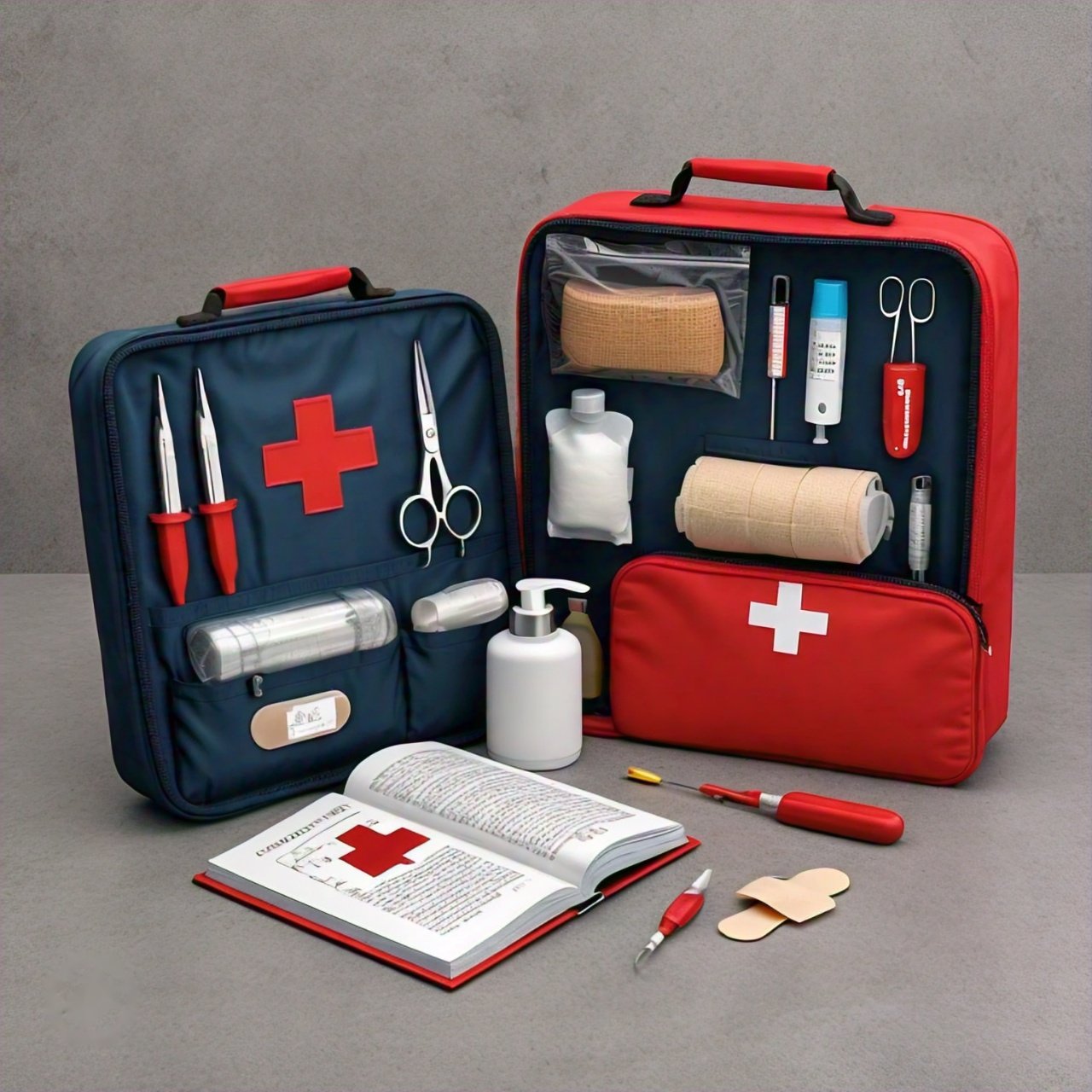Effective Weight Loss Strategies for Overweight Pets
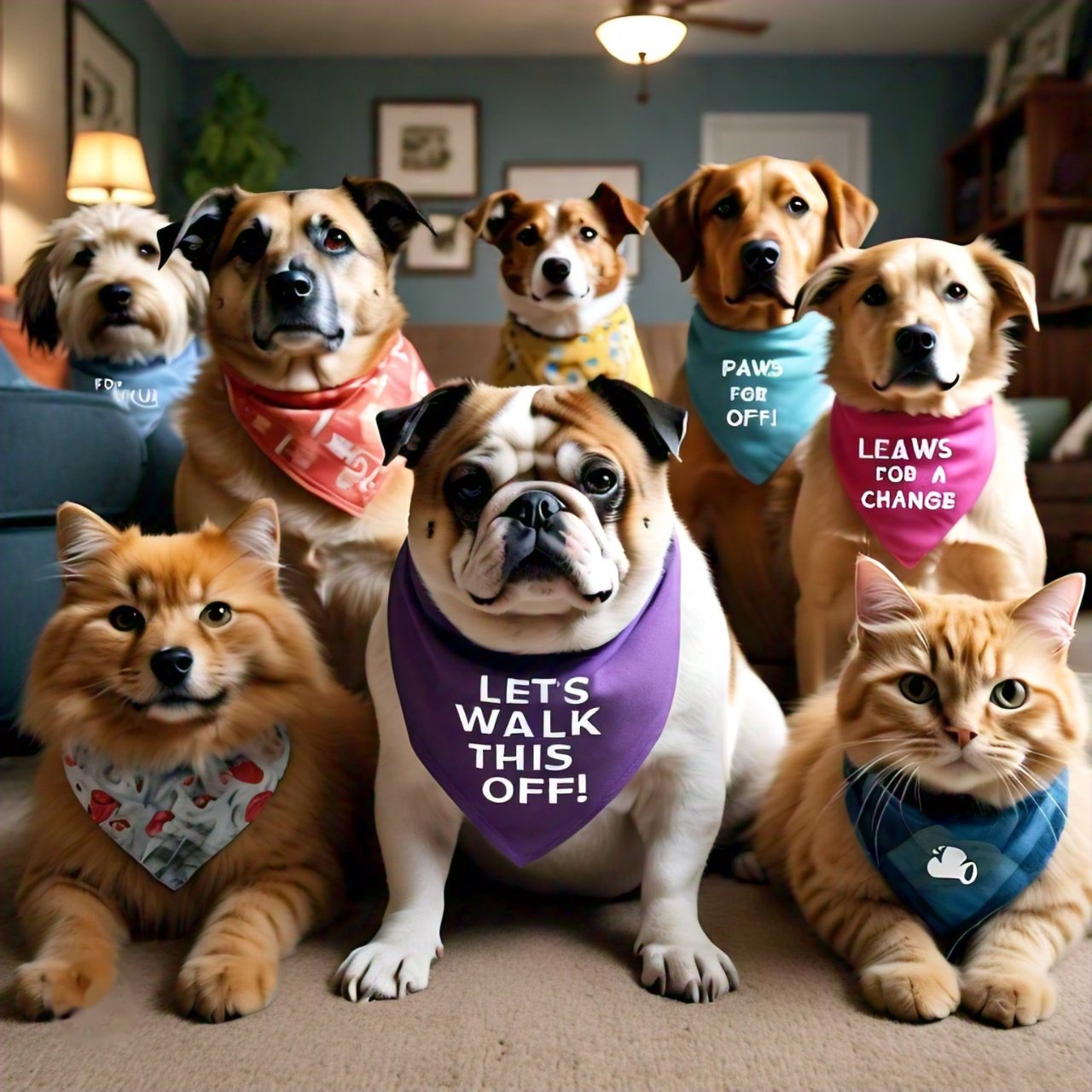
Introduction
Being overweight is one of the largest threats to pets today. Data obtained from developed countries estimated that more than half of the dogs and cats are either overweight or obese. A pet carries a variety of health risks from obesity including diabetes, heart disease, arthritis, breathing issues, along with certain cancers. Supporting overweight animals and getting them to become lean and fit again requires preparation of a good diet plan. In this article, while listing the best diet plans and strategies to ensure weight loss in dogs and cats, you will receive complete information.
Pet obesity is becoming a large issue as research indicates that more than half of pets are actually obese. It is therefore mainly caused by factors such as unhealthily diets and physical inactivity. Just like for humans, overweight increases many health threats to our cuddly pets As you can imagine, chubby pets are not health to their health, and they develop various complications, similar to those diagnosed in overweight people. Some of the medical conditions uncomfortable excess weight creates include diabetes, heart diseases, arthritis, difficulties in breathing, stamina reduction, ligament injuries, skin diseases, and specific kinds of cancer. Further, obese pets get shorter life spans and, on balance, have poorer health than their normal-weight counterparts. They are lame and commonly have trouble walking, jumping, or playing as naturally or as nicely as a healthy animal. There are several measurable aspects which have proven to lead to pet obesity: overfeeding a pet, feeding it high-calorie treats, lack of exercising a pet, lack of stimulation, and inherited traits. When it comes to addressing our pets as our companions, we wouldn’t mind pampering them to the best of our abilities which, in most cases, includes feeding them with tasty and treats on offer. Yet, if not well monitored it becomes very easy to gain weight in the process. One with diet portion should be controlled because the species should have ample protein that is taken naturally. They should be taken for a walk, play or use toys every day or several times a week. As was found in the case of pets, prevention is the best way to go with regard to obesity. The IBCS is critical because it affects the life expectancy, diseases susceptibility, mobility and life quality. Thanks to preventive measures taken by true pet owners and constant collaboration with our veterinarians, our pets can lead the healthiest and happiest lives for as many years as possible. It becomes our role to fight this emerging danger to our pets’ health by increasing population knowledge, feeding practices, and exercise times.
Causes of Obesity in Pets
- Lack of exercise/inactivity
- Feeding, overfeeding, and free-choice feeding
- Biscuits and fatty meat, leftovers, and scraps
- Neutering/spaying
- Genetics and breeding
- Medications (for instance hypothyroidism)
- Stress and anxiety
Health Risks Linked to Pet Obesity
- Diabetes
- Arthritis and joint injuries
- Cancer, heart, and respiratory-related disease
- High blood pressure
- Kidney disease
- Cancer: Bladder, mammary tumor
- Skin conditions
- Shortened lifespan
Creating an Effective Weight Loss Regimen
Creating an effective weight loss regimen requires consideration of several key factors:
- Nutrition plan with portion control
- Increased exercise and activity
- Surveillance of extras, edibles, and people food
- Frequent weighings and feeling their physical shape
- Patience and a reasonable timetable
- Veterinarian's advice and health supervision
Best Diets for Weight Loss in Dogs
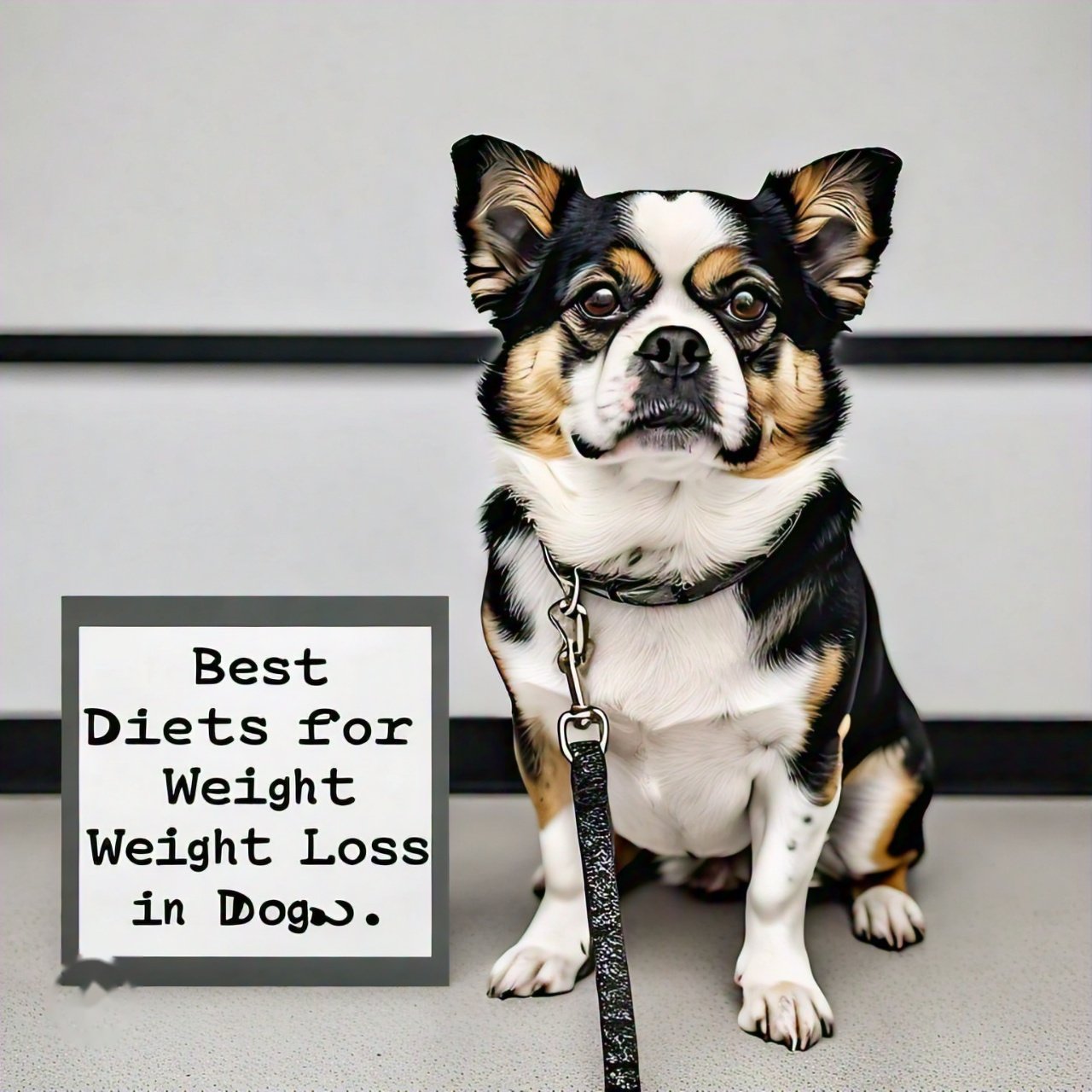
Weight Management Dog Food Diets
Over-the-counter commercial diet dog foods have come a long way in recent years when it comes to formulations specifically for weight control:
- Lower calorie concentrations per cup compared to regular diets
- Increased protein levels
- Reduced fat
- Higher moisture and fiber
- Added L-carnitine that helps in the oxidation of fatty acids
- Added vitamins/minerals
All the portions guidelines written on the pet foods’ pack relate with the expected weightage of the dog, that is being fed. When starting an overweight dog on a diet, use these portion guidelines to evaluate the daily portion of the meal for your dog. In most cases, the guidelines suggest that for weight loss diets the should feed slightly below the amounts stated on the label for the dogs ideal weight. This calorie intake supports the pursuit of gradual weight loss objectives as well as everyday balanced and complete nutrition. When your dog is within this range, you can slowly add more to reach the complete servings for maintenance depending on the weight advocated by the pet food label. It is therefore advisable to adhere to these portion size guidelines as your dog lose weight, then to provide him or her with the correct portions once the slimmed down dogs get to the optimal weight, to guarantee better nutrition and reduced calories intake in case the ideal weight is regained. This makes it long-term easy to maintain your pets at a healthy fitness level by using the portion advice found on the pet food labels.
Reduced Calorie Dog Foods – Recipes to Try at Home
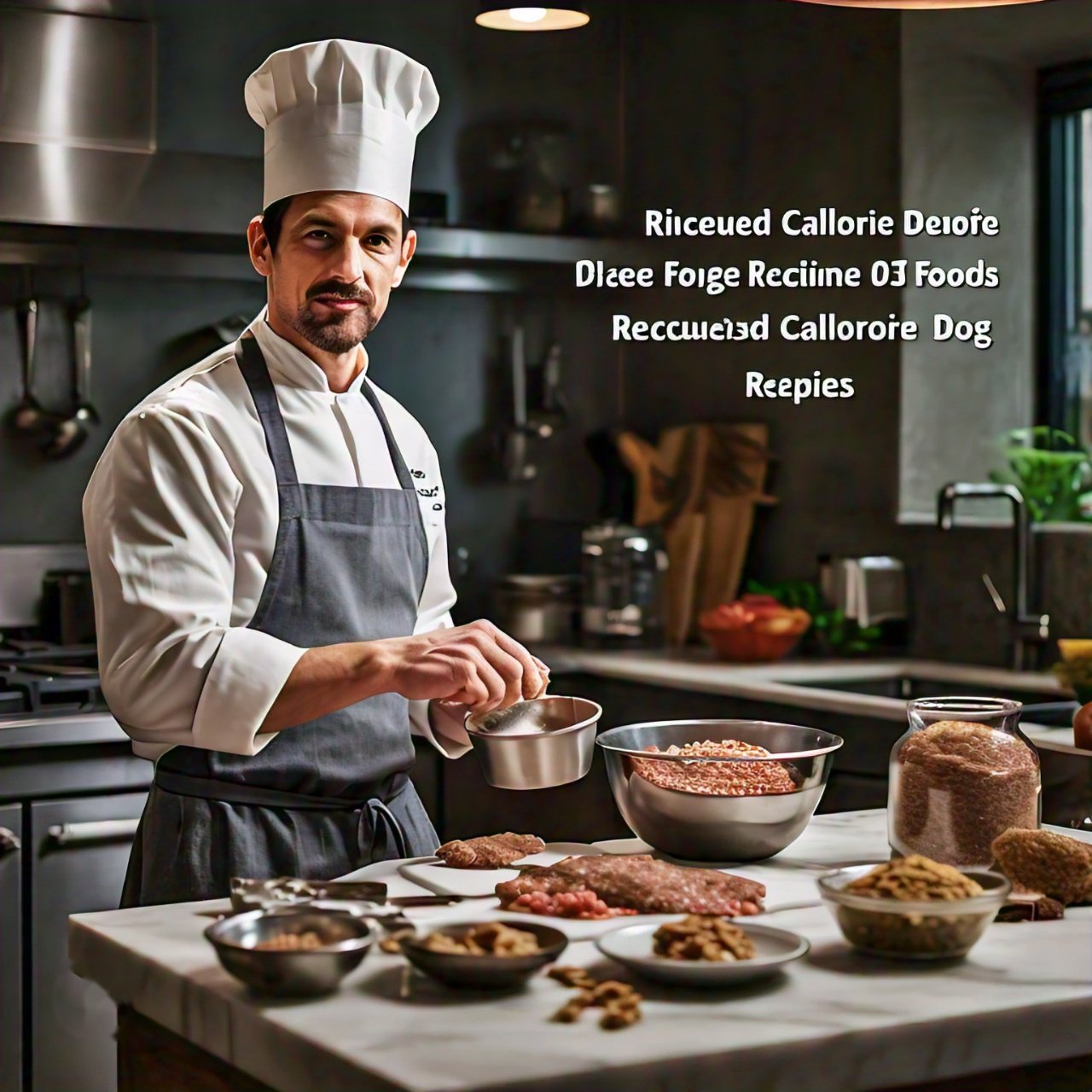
For dog owners who want to prepare homemade food with the intention of helping their pets lose weight, this is also achievable but the recipes used need to be carefully developed in such a way that all nutrient requirements are fully met but without exceeding the necessary caloric intake. This gets done by consulting with your vet and possibly a veterinary nutritionist. Some key guidelines include:
- Lean meat products such as skimmed chicken, turkey, and fish
- Complex low GI carbohydrates like brown rice
- High fiber fruits and vegetables
- Non-fat calcium sources
- Omega-3 fatty acids
- Multi-vitamin supplements
Prescription Dog Food Diets
If the normal recipe dog food is not sufficient to serve the nutritional needs of a dog that needs to lose weight or due to other health issues the veterinarian comes up with a therapeutic prescription dog food. These diets go far beyond foods said to have the potential of helping you lose or gain weight safely and effectively – they include elements and nutrients essential for the body’s overall health during the process of fat burning or putting on muscle mass. Prescription dog foods for weight loss are high in protein since the body will utilize stored fat to fuel muscle without having to pull from the lean body mass. The protein sources are also a constraint and new in order to ensure that food allergies do not occur frequently. The fat and calorie contents are computed to supply exact metabolism for slow loss of fatty deposit but not leaving the dog famished. These diets contain additional vitamin and minerals as well as Omega fatty acids to ensure you do not lose them while on the diet. Fiber and L-carnitine are other ingredients that may be included in prescription foods provided with the purpose of reducing appetite. These ingredients give sustained fullness between snacking periods and help reduce puppy pleading while guaranteeing it sticks to the optimum portions. Other enhancements including the green tea extract and chromium work to start using up fats within the body. Probiotics also enhance digestion and metabolism as well as prebiotics. In general, it means that the prescription dog foods facilitate individual approaches to weightless, weight gain, and weight maintenance. It supports complete and well balanced nutrition at considerably lower portions. Supervision of diets is conducted by a veterinarian and, if prescriptive diets are provided as long-term meals, it is guaranteed that nutrients are sufficient. Feed amounts are crucial to follow within these specialized kibble types for pets.
Best Diets for Weight Loss in Cats
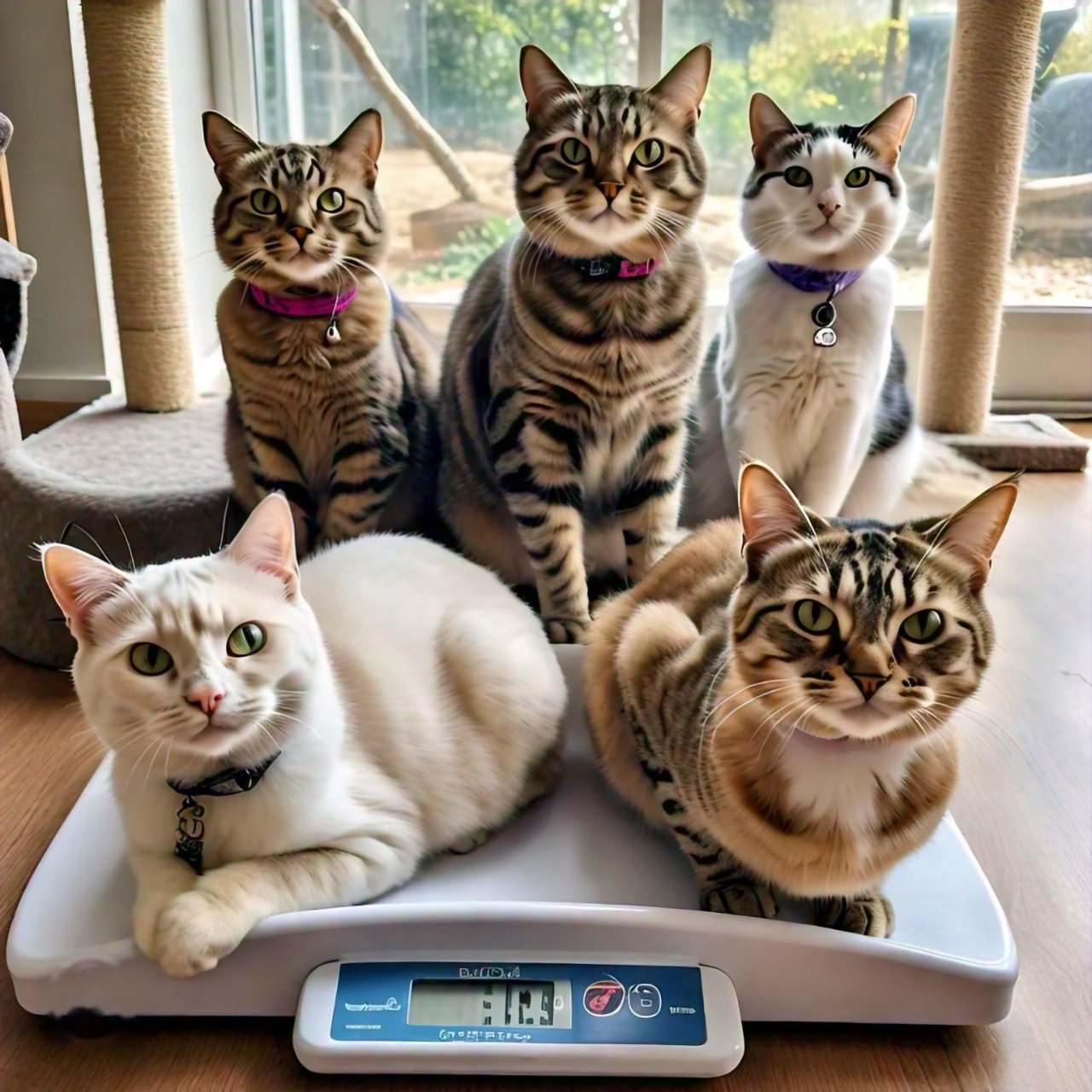
The key principles and factors influencing safe and effective weight loss are similar between dogs and cats but there are also some important differences to note regarding the best diet plans for cats needing to lose excess weight:
Commercial Weight Management Cat Food
As with dog foods, many commercial over-the-counter cat food brands now offer formulas specifically targeting overweight cats that need to lose weight:
- Lower calories
- Limited carbohydrates and fats
- High protein
- Added L-carnitine, fiber, and moisture
Homemade Reduced Calorie Cat Foods
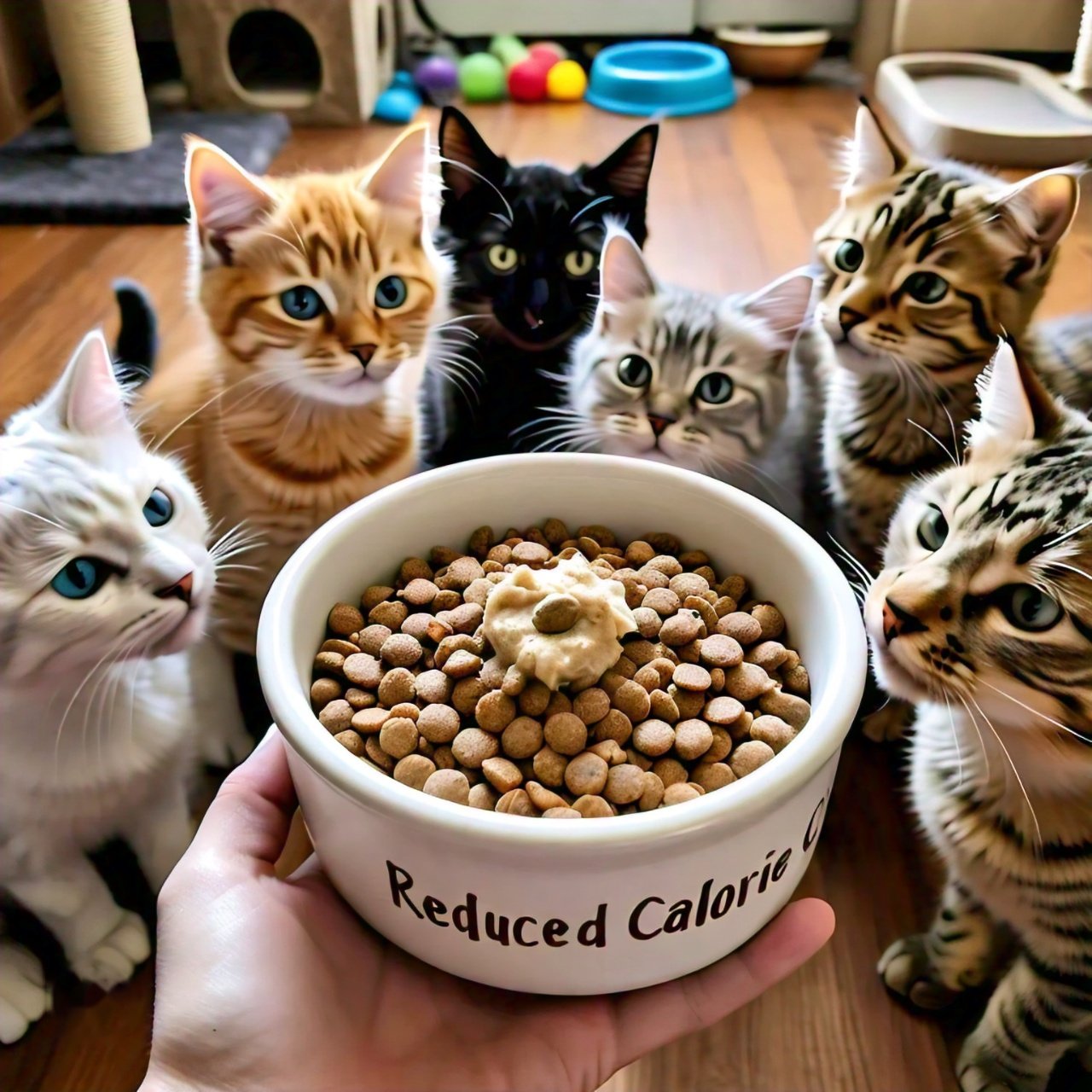
Cats are quite picky with foods and it becomes quite difficult to feed them homemade food. They better conform to the characteristics of obligatory predators, need more proteins than dogs or people, which is why the meat composition in their diet is significantly higher. Sadly, most home cooked cat food recipes lack the concentrated sources of essential amino acids that are gotten from feeding animal-based proteins. This is in sharp contrast to home prepared diets where over a given period of time they can be risky nutritionally if they were not formulated under veterinary advice. Manufactured cat foods meet all the nutrient requirements as per current nutritional needs recommended for cats. The formulations are designed to cater with the requirements of cats in particular with their protein requirements, which may include meat meals, animal by-products and taurine. Attempting to achieve this balance at home simply through cooking is not very easy despite using recipes from ‘scratch’. It is almost impossible to make sure the needed quantities are greater or lesser depending on the food type if you do not have formal training in animal nutrition. Prescription diets or weight loss dictate narrower goals in terms of nutrient intake. For instance, the prescription weight management cat foods have a restricted Calorie allowance and the ingredients that help the pet’s body to burn the extra fat. The program also poses the risk of compromising the health of already frail felines contending with weight, home-cooked unbalanced meals could bring about malnutrition. This compromises the issue of the diet and its over all capacity to produce a healthy outcome for the individual. You simply must take your cat to a vet to create and sign off on any homemade diet for special needs cats. The majority of healthy cats thrive on commercial cat diets that are complete and balanced for AAFCO standards. In most cases, manufactured pet foods together with the structure and scientific information used in preparing them are healthier for pets than home prepared meals especially when they are prepared according to the instructions contained in the packets. Do not introduce any change in the diet plan without consulting the veterinarian even adding home cooked toppings to the commercial diet. The needs accessible with commercial cat food are better met by cats as are the requirements described here in the majority of circumstances.
Prescription Cat Food Diets
Prescription diets for weight loss in cats have powerfully augmented protein up to 50% calories combined with calorie densities, designed for safe feline weight-loss diets. This high protein also serves to maintain other essential lean muscle as well.
Additional moisture and fiber content contribute to a feeling of fullness while the colonies improve digestive stability. Some also include compounds such as green tea extract and chromium that are known to increase the metabolic process and fat oxidation in cats.
Eating Strategies & Beyond for Weight Control

While diet is the major component driving safe weight reduction and maintenance of ideal body condition, incorporating other weight management strategies greatly augments success:
- Exercise: Progressively boost workload and extend the hours of playtime.
- Enrichment: Supplement concentration and search activities.
- Treats: Opt for low-calorie foods and where necessary, use less sweet products for encouraging pets.
- Weigh-ins: Record weight once a week or twice a week.
- Veterinary oversight: Regular checkup of the medical progress.
- Patience & consistency: Slow and steady changes which can take months and years.
Clicker training, alongside other methods, stimulates both the physical and mental faculties of the animal. Dogs and cats can undergo water therapy, massage, or acupuncture for they may need it getting activity easier for their muscles and joints while increasing their fitness.
Quick Notes – Diet for Overweight Pets
- Obesity is one of the most pressing health risks for pets affecting more than 50% of dogs and cats.
- Obesity raises the disease’s risk and decreases the patient’s quality of life because excess weight hampers their body’s functioning.
- Calorie-controlled nutrition plan is one of the most successful ways when it comes to the issue of overweight.
- Physical activity combined with invoking calorie-losing procedures boosts loss.
- Weight management diets can be commercial or prescription diets and deliver the best nutrition.
- Home cooking for pets needs veterinary formulation supervision.
- Achievable weight goals with small incremental changes are of great importance.
- Putting regular weigh checks and following the vet’s advice safeguards fat cats.
If the overweight pets need to shed some kilos, feeding them appropriately combined with moderate exercises with necessary changes to their living environment is the most effective and long-lasting one. Decreasing amounts consumed and at the same time increasing their activity level will lead to a slow, steady, safe method of losing weight. Still, modifying pet’s environment enables fostering and supporting the new dietary and exercise habits. The first element of a pet diet is generally limitation of energy intake. Obese dogs and cats should also be gradually changed to a prescription weight reduction diet while providing necessary nutrients in fewer calories. Portion sizes you offer should be accurately measured depending on pet’s recommended weight and the weight loss program it is undergoing. This calorie restriction when followed by energy gain through exercise makes the body to draw from the fat deposits. Checking on the progress by weighing once a week makes sure the calorie intake is adequate in order to achieve fat loss of 1-2 % per week. The next factor considered when it comes to shaping the weight of pets is exercise. Adding walks every day, together with plays or alternative activities, boosts energy consumption. Enhancing the systemic duration and intensity of activity is necessary depending on health status. Entertaining, educational activity will help shed pounds without anger or pain. Improving the environment at home can partner with these active moments. The feeder toys to feed the pet, playing hide and seek games and the playing of the puzzle toys make the pet do more exercises. The final one discusses about the environmental aspect. Reducing free choice access by using set meals helps to prevent over eating. To help cats exercise their bodies, and to discourage them from sitting around all day wanting to be fed, you should use puzzle feeders or toy dispensers, which will make the cats physically chase the food. The food bowls should be removed after meal times. While one might perceive these changes as only small ones in the environment, they effectively allow pets to better accept changes in what they eat, preventing them from continually looking for food by exhibiting passive -aggressive behaviours.

